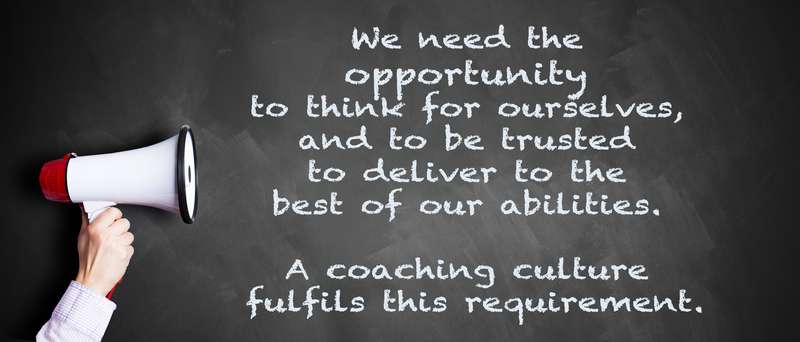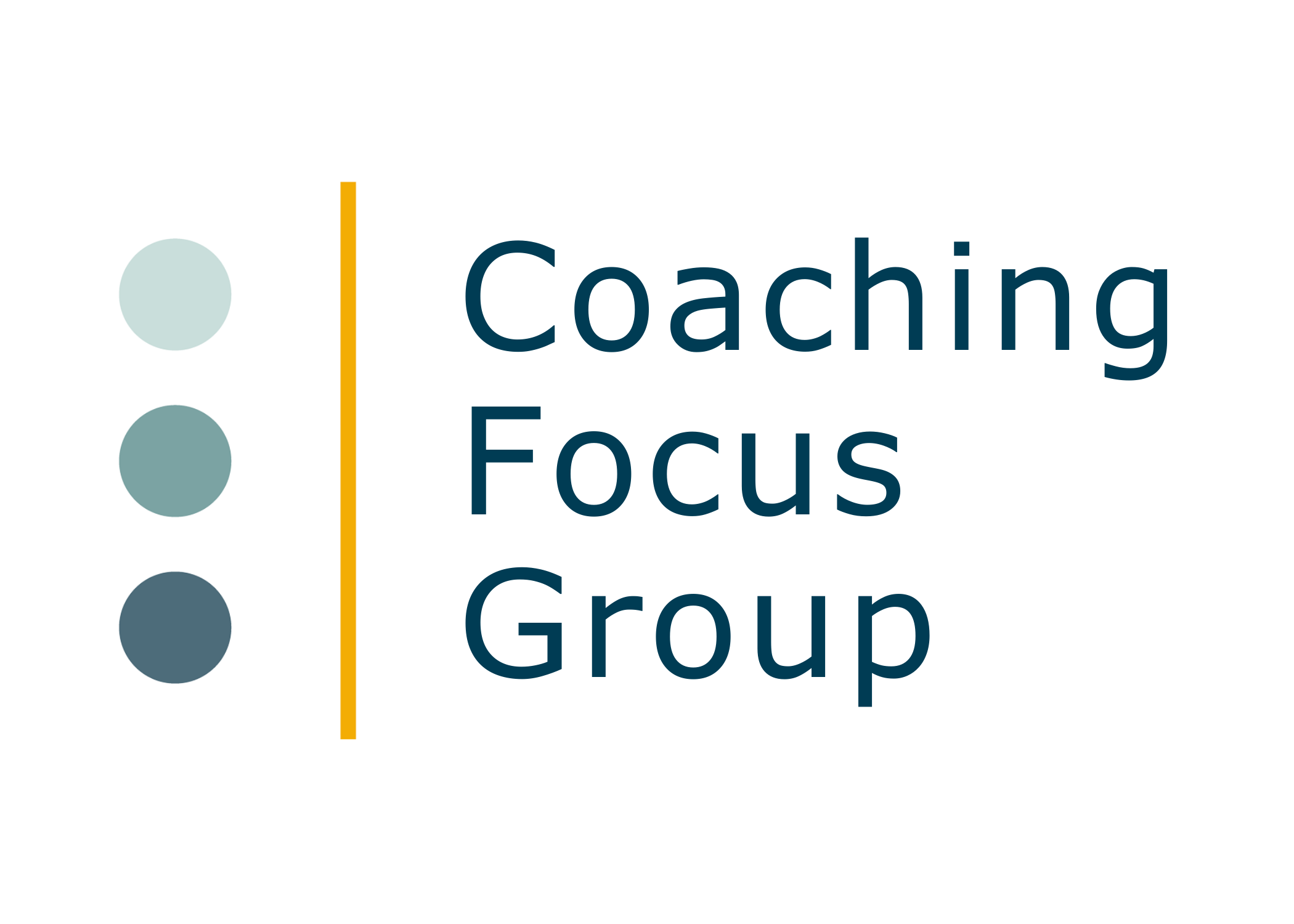By Coaching | Jul 13, 2021
Build coaching capacity and adopt a coaching culture
Who is this article for?
- HR professionals looking to implement coaching strategies and a coaching culture
- Business executives and leaders looking to enhance overall business performance
The building of workplace coaching capacity can only successfully happen within in the context of the development of a coaching culture. A coaching culture without coaching capacity is ‘vision without action’ – espoused organisational theory which has no real ground in behavioural change. Coaching capacity without a coaching culture to embed itself in is ‘action without vision’ – capacity will fragment and dissipate as the lack of espousal of a coaching culture isolates and de-energises any emerging pockets of coaching excellence and behavioural change.
There are a number of issues to consider when Building a Workplace Coaching Culture (see separate article). In this article, we consider some of the practical steps to help build workplace coaching capacity in the context of, and alongside of, the development of a coaching culture to support it.
The impact of coaching energies
When considering building workplace coaching capacity, can be useful to think about the impact of three key coaching energies in the organisation:
Coachee Readiness (pull energy)
Very often the implementation of coaching in an organisation involves the training of some of the management (often poorly and superficially which is worse than useless anyway). These managers are then let loose to coach their direct reports, who usually don’t know what’s hit them. Staff often don’t know what coaching is, what training their managers have received, why they are being coached, the expected outcomes and whether in some way they are being manipulated or ‘fixed’. There is no clarity about the considerable benefits for the coachees, how they can enrol in the process, or what they as coachees can do to maximise the effectiveness of the process. All of this creates negative energy and anxiety which can scupper the best intentioned initiatives. To gain positive momentum from staff there needs to be:
- clear communication to staff about the why/what/how of coaching
- enrollment process/workshop to help all potential coachees/staff to appreciate what to expect when being coached, how to embrace the opportunity that coaching offers, and how to build collaborative working relationship with their line manager or coach
This can take the form of large group workshops which run alongside the line management coaching training, and which should be attended by the line managers as well.
Organisational Culture (systemic energy)
The article Building a Workplace Coaching Culture looks at this in more detail. In terms of practical steps, there are some clear steps to creating and integrating the energy for coaching into the organisational culture. Perhaps key to this is top team buy-in. If the Senior Management Team clearly support coaching as a way of working - and crucially demonstrate the appropriate behaviours - this helps create systemic energy. Wide communication of the why/what/how of coaching and staff enrolment processes such as mentioned above will add momentum.
Over time, coaching should be measured, included in appraisal/PDP processes and become a management metric. Staff experience of being coached should be included on employee/staff satisfaction questionnaires. These and other processes embed coaching into the fabric of the culture.
Coach Maturity (push energy)
The training and development of an in-house coaching capacity can be a significant financial investment, and some thought should be given as to how to do this in the most cost-effective way to achieve longer term strategic goals (rather than tactical targets). A useful model for considering the longer-term embedding of a coaching culture is the work of Clutterbuck and Megginson who suggest a four-stage model:
- Nascent – little commitment/poor role modelling/sporadic pockets/sheep dip training/no evaluation
- Tactical – some systemic organisation for coaching/more consistent training/low level evaluation
- Strategic – more integration of coaching and processes/good quality training/good evaluation and stronger links to strategic aims
- Embedded – full strategic and process integration/coaching is the way we do things/embedded training process for line managers/internal coaching cadre/supervision/full evaluation
Organisational culture change
As a very rough rule of thumb it may take a year to move from one level to the next, so this is perhaps a 3-4 year journey, consistent with most experience of organisational culture change.
In practical terms over this time it will be important to:
- establish internal coaching processes and recruit a coaching champion
- train line managers and team leaders with core coaching skills with at least three days of training over several months and monitor progress thereafter
- select/train a few managers to become part of an internal coaching cadre available for additional or specific coaching projects across the organisation
- monitor and evaluate coaching impact through the cadre/line
- offer further ad-hoc skills training and workshops for sharing of coaching experiences
- develop a team coaching capability using selected coaches from the internal cadre- sustain the focus/quality of coaching through supervision, initially external but with the intention of developing an internal supervisory capacity
- monitor staff responses to their experience of coaching in the organisation and to evaluate against coaching critical success factors.

Is a coaching culture achievable?
It is worthwhile to make the point that although every organisation would benefit from developing a coaching culture to some degree, my assertion is that the large majority don’t make it past the Tactical level. For some organisations, this may be sufficient to meet their strategic aims, or be the best they can do with the level of top team commitment /resources/time available.
In my view (not that of Clutterbuck or Megginson necessarily) the transition from Tactical to Strategic is a significant shift for the organisation, where behaviours really do start to change, collaboration becomes embedded and power is held by sharing rather than owning. This is a hard bridge to cross for many managers, and thereby set up resistance to further change. This then reflects in the required level of skills maturity and capability of the coaching pool, whose game must now begin to raise from initial skills training and transactional coaching (interpersonal level) to facilitative, integrated systems coaching (intrapersonal). For some internal coaches this will be a significant personal and professional challenge. (It is one that most independent executive coaches face as they develop their practice over years).
The coaching pool then may then become two-tiered, with most coaches offering effective transactional/interpersonal coaching (for instance EMCC practitioner level plus) and a few who have further significantly developed their skills to offer integrated systems coaching (intrapersonal) internally. The coaching champion of the organisation might well be aiming to coach at this level, reflecting a level of experience at for instance, EMCC senior/master practitioner level.
Supervision of the coaching cadre
The practice of supervision, where a more experienced practitioner regularly oversees the quality and working practice of less experienced colleagues, is very well established in health care, social work and all forms of counselling and therapy. It is considered essential to maintain the highest standards of service delivery to the client and for the learning and development of the supervisee.
The same principles apply equally to workplace coaching. This is not a nice-to-have, but a must-have. To maintain ethical, safe coaching practices which deliver value both to the organisation and individual coachees, there needs to be a clear and rigorous process to monitor the quality of coaching delivery. The intention then of coaching supervision is to ensure that:
- coaches are delivering coaching in an effective and ethical way
- that they are learning from their experience and are self-reflective in this regard
- that they share/unburden themselves of feelings such as anger, frustration, anxiety etc which they may have picked up from the system
This process should be run by a supervisor trained in coaching supervision. It can be organised as group supervision (4-6 supervisees in a group at a time) or 1:1 or a mixture of both, and occur at least 6 times a year, possibly more depending on the amount of coaching being undertaken. Over time, the organisation should consider developing its own coaching supervision capability. In the shorter say 1-2 year term, an external coaching supervisor can be contracted to do the work.
Lists of qualified coaching supervisors are available through the Association of Coaching Supervisors (AOCS), the Association of Coaching (AC) or the Association for Professional Executive Coaching & Supervision (APECS).
